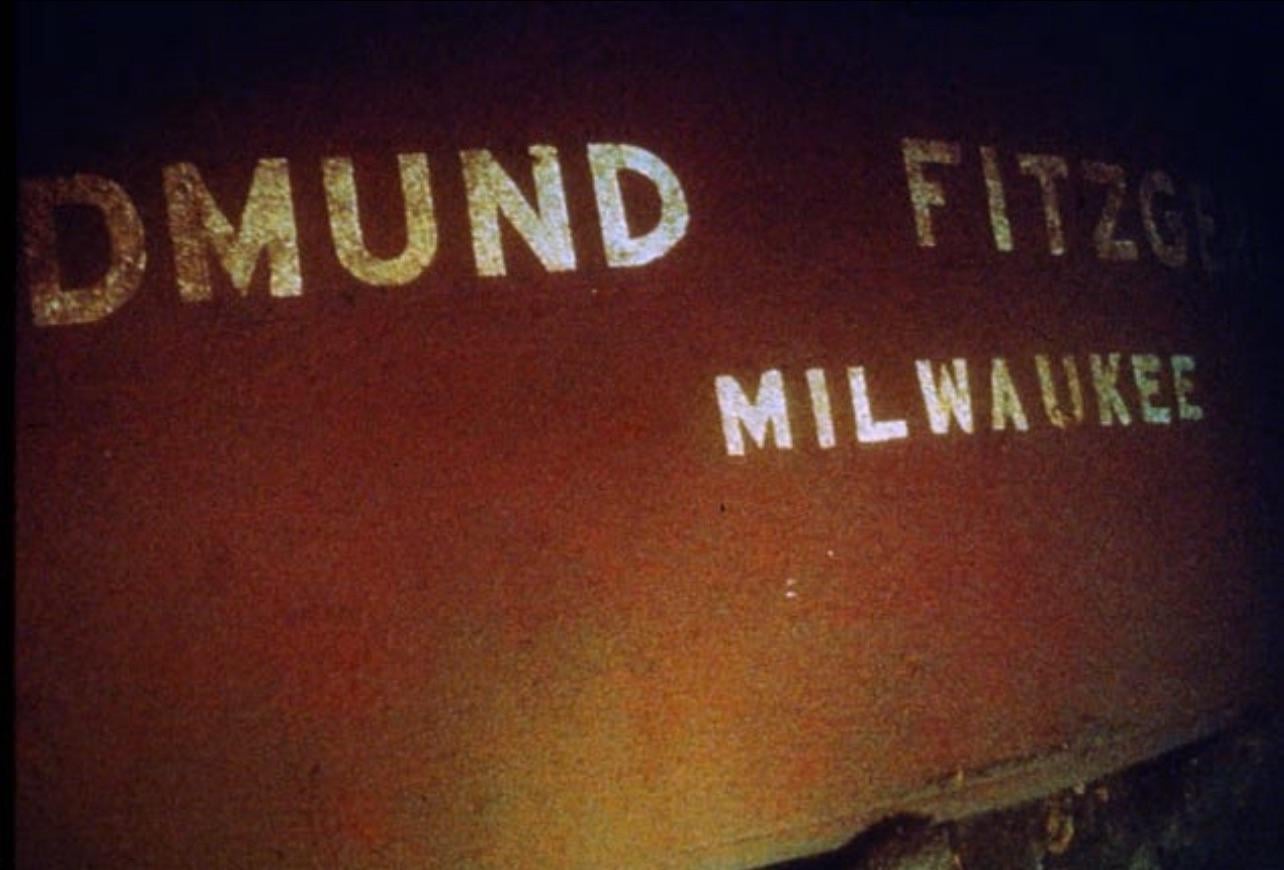
On November 10, 1975, the SS Edmund Fitzgerald, the most famous ship on the Great Lakes, vanished in a violent Lake Superior storm while carrying over 26,000 tons of taconite ore. Captain Ernest McSorley, a veteran sailor on his final run before retirement, had already radioed that the ship was taking on water, listing, and losing critical equipment, including both radars. The Fitzgerald and the nearby Arthur M. Anderson battled hurricane-force winds, rogue waves nearly 40 feet high, and blinding snow in a stretch of Lake Superior grimly known as the Graveyard of the Great Lakes. At 7:10 p.m., McSorley radioed, “We are holding our own.” Ten minutes later, the Fitzgerald disappeared without a distress call. All 29 men aboard were lost.
The wreck was found four days later, broken cleanly in two on the lakebed. To this day, no single cause has been proven, though the likely culprits include flooding, structural failure, grounding on a shoal, and the impact of the massive “three sisters” rogue waves reported that evening. The disaster remains one of the most haunting in Great Lakes history, memorialized every November and immortalized in Gordon Lightfoot’s 1976 ballad “The Wreck of the Edmund Fitzgerald.” The song cemented the tragedy in the public imagination, but the real story is one of sudden loss, unanswered questions, and the unforgiving power of Lake Superior. If interested, I write about the sinking here: https://open.substack.com/pub/aid2000/p/hare-brained-history-43-the-sinking?r=4mmzre&utm_medium=ios
by aid2000iscool

2 Comments
Still one of the most chilling wrecks in American maritime history. Those conditions must have been terrifying.
So, the wreck was found four days later or not until 1995?